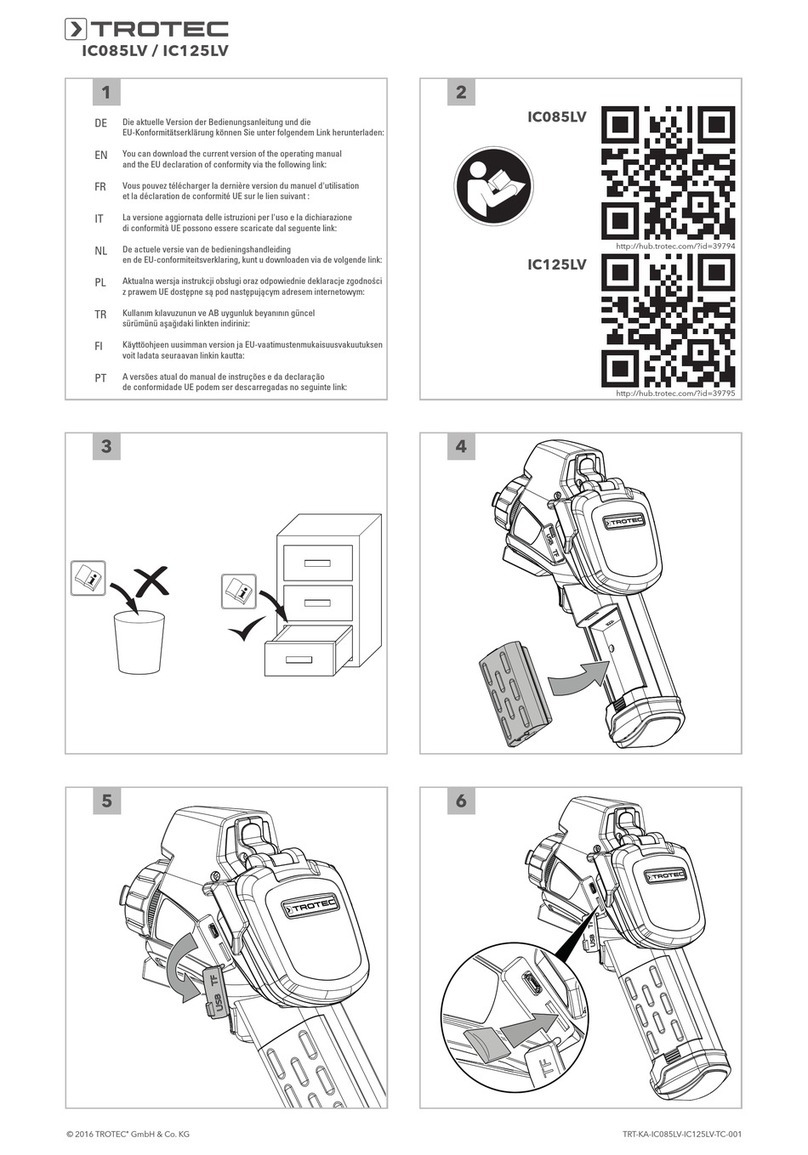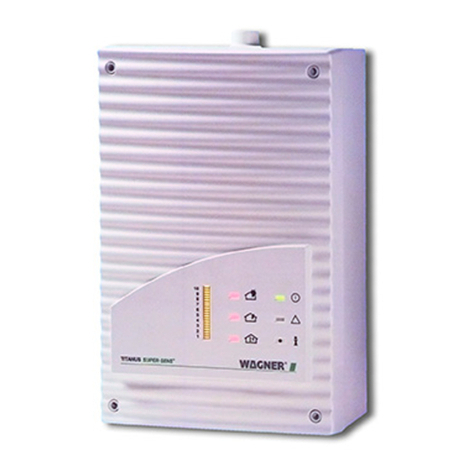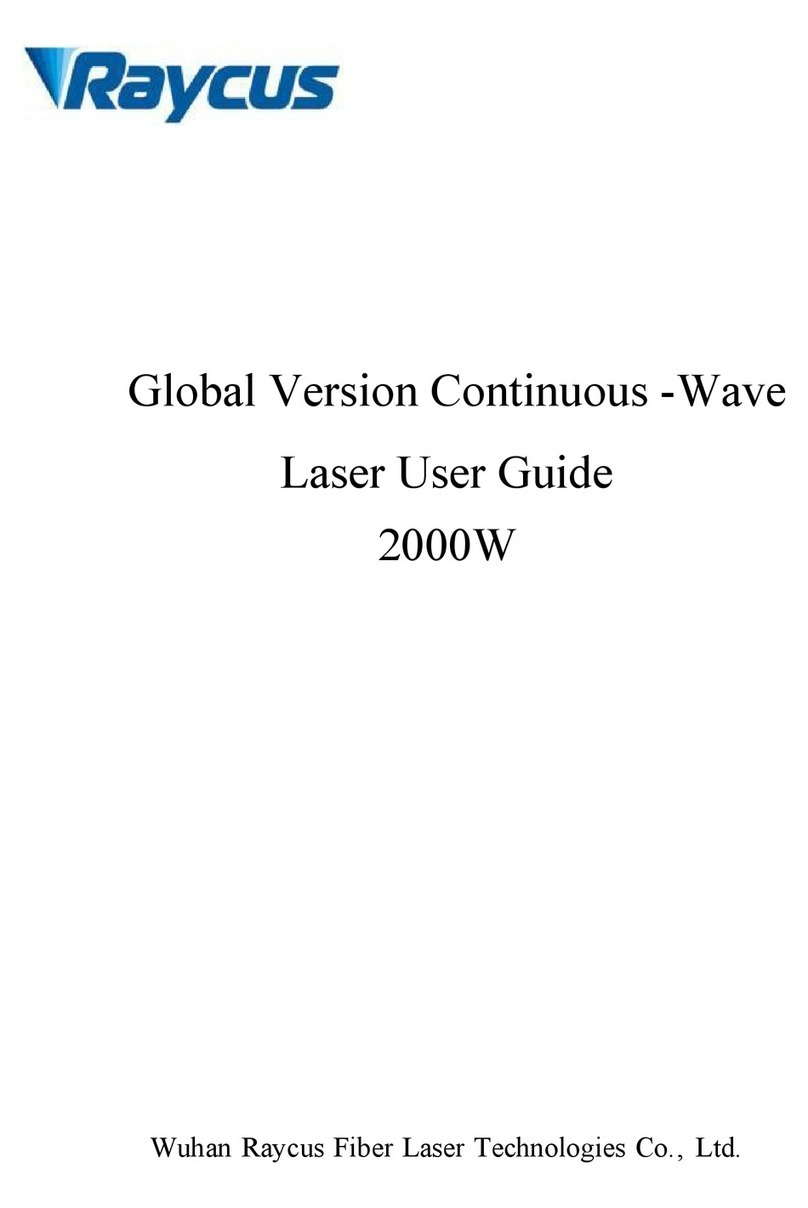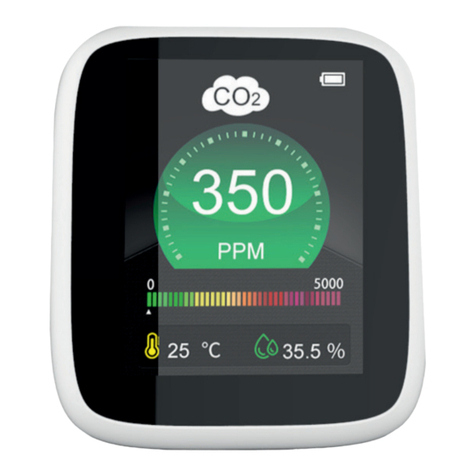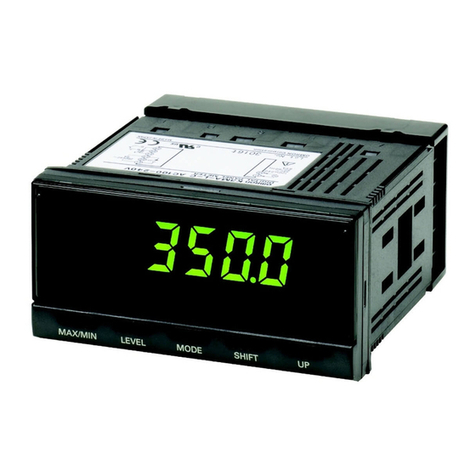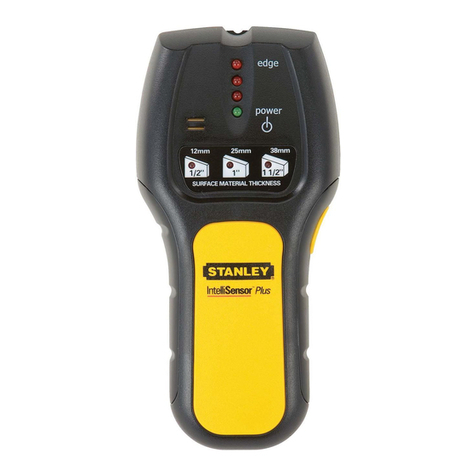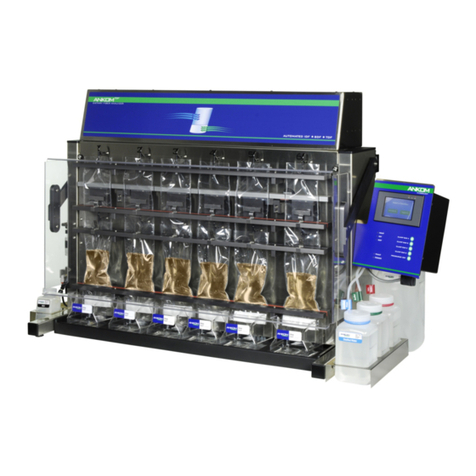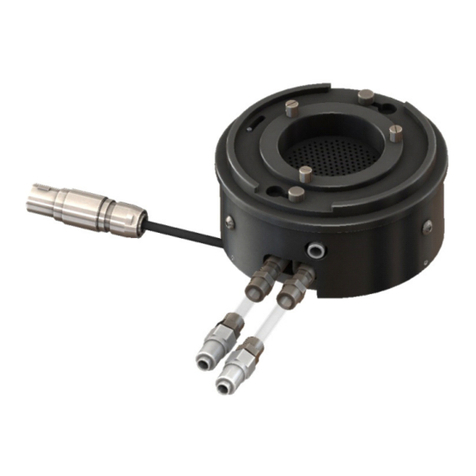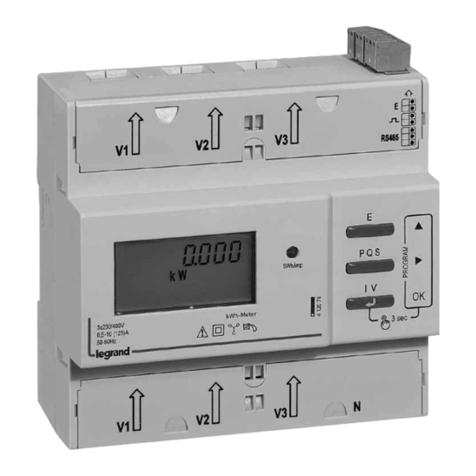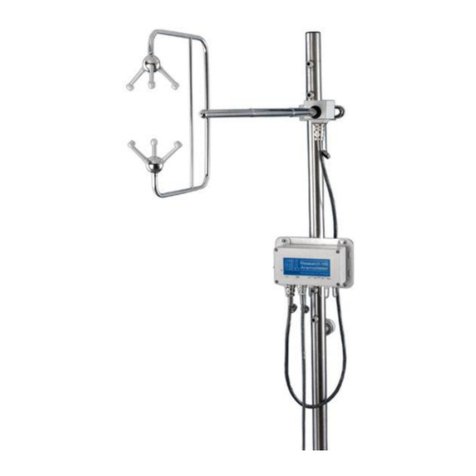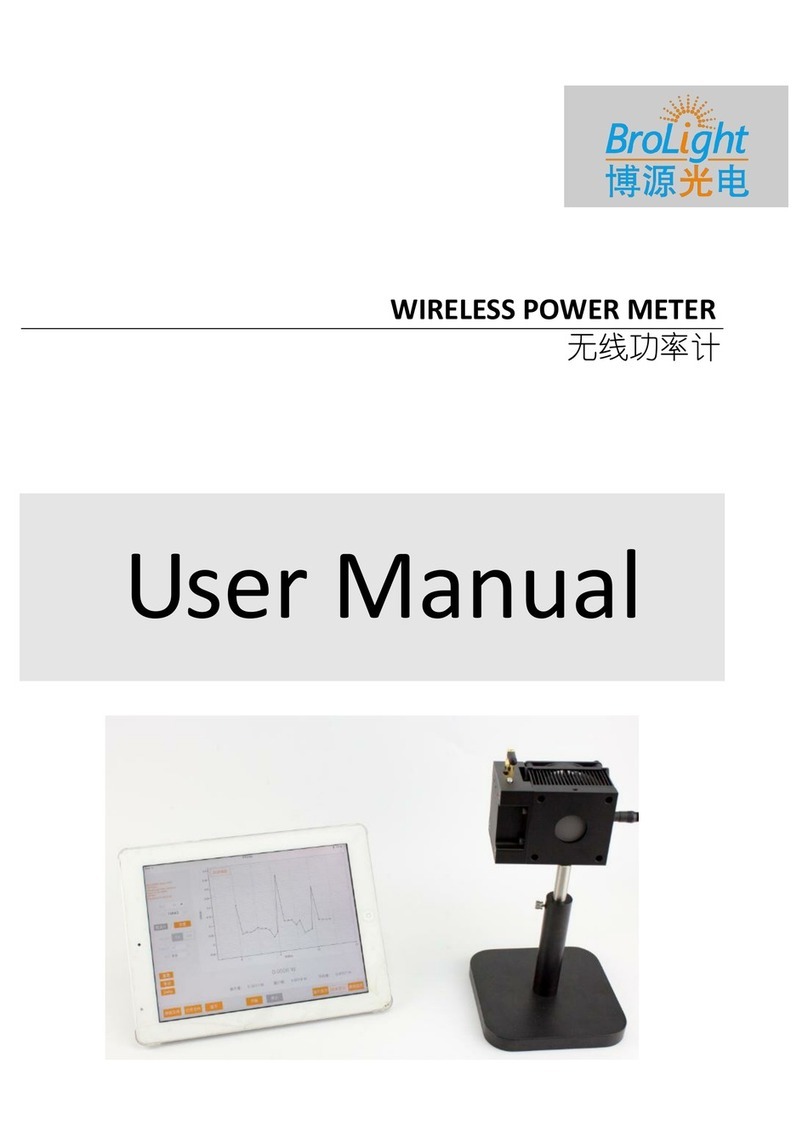daviteq CAP10CNC User manual

CAP10CNC-MN-EN-01
JUN-2020
CAP10CN is industrial version of PulseCAP10, designed for industrial applications like generator, stationary fule tank in
factory, building, construction site...CAP10CN has 4-20mA output or RS485/ModbusRTU output, can be connected
easily to any industrial devices like PLC, IoT Gateway, iConnector... CAP10CN has very high accuracy 0.1% of span, can
be used for tank up to 30.000 liters volume.
The technicians who install sensor, must be graduated from college of mechanic or electric.
The mechanical installation staff (drill, cut, grind, etc.) must have skills in mechanical engineering.
The electrical installation staff (connect, etc.) must have skills in electrical engineering.
The technician must be trained before using.
CAP10CNC is intended to use with Diesel Oil, Vegetable Oil.
CAP10CNC must not be used with other flammable fluid such as Gasoline, Alcohol, Ethanol, Acetone, Toluene or
other solvents.
Be careful while drilling, cutting, grinding, etc. The fuel tank or other flammable fluid.
Daviteq is not responsible for compensation in case of explosion to bodily injury or property damage.
Read specifications thoroughly and make sure that its output are suitable to reading devices.
Power supply must be in the permitted range.
USER GUIDE FOR FUEL LEVEL
SENSOR CAP10CNC
This document is applied for the following products
1. Introduction
2. Notes
3. Safety
4. Note Before Installation

Do not take out the label and take off the lid as this will lead to the instability of the sensor and manufacturer
could deny warranty. (except cutting of sensor length within the allowed range).
Make sure all the necessary tools are ready before the installation.
CAP10CNC be equipped with screws. We advise customers should use stainless steel rivets to fasten
the plastic flange onto tank for all type of tanks and only using screws for the thick and hard ones.
Sensor length
standard 1500mm, extend to 4000mm (by extension probe) or cut down
to 100mm
Output
4-20mA output (with 250 ohms precision resistor), or RS485/ModbusRTU
Power supply
8..50VDC
Consumption
max 35mA
Working pressure
-1 .. 2 barg
Working temperature
-40 oC .. + 85 oC
Accuracy
+/- 0.1% of span (at 25 oC)
Temperature drift
< + 0.03% of span per 10oC
Resolution
1/1000 of span
Sensor materials
Alloy & Engineering plastic
Electrical connection
connector M12 (matched connector and cable must be ordered
seperately)
Housing
Cast alumium, IP67 protection
Process connection
Plastic flange
Standard accessories
flange, o-ring, gasket, protection covers, self-tapping screws, twisted
seal
Certification
CE-Marking per EN61236-1 (with test report)
5. Specification
6. Full Package

07
File
16
Pencil
08
Tape measures
17
Multi Meter
09
Allen key 2 mm
18
Calibration can
Step
Discription
Note
1
Remove fuel: Remove all fuel from the tank.
Some tank have been welded with oil filter and
have float level sensor installed, so it is
necessary to take out the float level sensor
before removing the fuel.
2
Clean the tank
Must clean the tank thoroughly.
3
Central hole locating: The hole will be in the
center of tank's up-per side or closest to
center.
This is an important step as it will directly
affect the stability of the fuel level data.
4
Drilling the central hole:
After determining the center of the oil
tank, we clean the surface and use a 38
mm drill to make a hole on the oil tank.
Remove any burrs from the drilled hole
by a file.
Before drilling, it is vital to check whether the
hole is affected by the internal metal frame or
obstacles at the bottom the tank.
5
Flange installation:
Place the 4 mm rubber gasket at the
center of the tank's upper side.
Place the plastic flange onto the rubber
gasket (4 mm).
Mark 4 points at the bolt hole.
Use screws /rivets to fasten the 4 mm
rubber gasket and the plastic flange
onto tank.
Only using screws for the thick and hard
tanks.
Unplug the screw/ rivet symmetrically.
8. Sensor Installation Guidance

6
Sensor cutting:
After flange installation, we determine the length of the sensor to be installed as picture below:
C = L+20+20-(H+14) => C = L+26-H (mm)
C: Length to be cut.
L: Original length of the sensor.
H: Height of the tank.
*Example:
Sensor length is L = 2000, H = 1700 mm => C = 326 mm => Cut the sensor pipe length of 326
mm.

7
Calibration:
After cutting, make sure the sensor tube is clean.
Re-plug the Filter footer and tighten the screw.
PLEASE FOLLOW THESE STEPS IN ORDER:
GET ZERO (4mA): After cutting, clean the probe, put the probe in the media at
expected level near the bottom or leave the probe at dry condition, press CALIB
button in 0.2 - 3 seconds, the LED will always ON in this press time.=> ZERO is
achieved, output current = 4mA.
GET SPAN (20mA): Put the probe in the media to the expected upper level then
press CALIB button in 3-6 seconds, the LED will ON then OFF.=> SPAN is achieved,
output current = 20mA. In 30 seconds without pressing the CALIB button, the
sensor will turn back to OPERATION mode.
8
Final:
Place the O-ring on the top of the threads, ensure that it can touch the aluminum housing
of the sensor (as below picture):
Install sensor into the threads of flange and turn it in clockwise direction.
Using the O-ring enables to rotate the sensor within 180 degrees from final tighten
position and assuring that the oil will be not spilled (as below picture):
Use the 2mm Allen key to lock the hex bolt to protect the sensor rotate backwards.
Connect the sensor with the cable.
Use sensor head seal to cover the sensor and then use plastic and then use plastic twister
seal to lock the head seal and connector seal to protect the sensor.
Please follow the below steps:
Note
Step 1: Remove the cover
Step 2: Remove the terminal connector
Step 3: Use the 2 mm Allen key to unlock the hex bolt
Step 4: Turn the sensor in counter-clockwise direction
Do not hold the male connector to rotate sensor directly, that
can make the male connector broken.
Do not use locking pliers, pipe wrenches, etc. to twist the sensor
as this cause damages the structure of the sensor such as cast
aluminium housing, label, signal cables (connector), circuit
board, ect. and it will not be covered under warranty.
M12-Female Connector
1. PWR+ (RED) : 8...50 VDC
3. GND (BLACK): 0 VDC, Ground
2. A (White) : Output 4-20mA
4. B (Green) : Not Using
9. Disassembly Guidance
10. Wiring
10.1 M12-Male Connector of Sensor
10.2 Follow Labels on Wires

Each cable includes wires which are marked labels according to types of connection. (user should not cut these labels
before installation to avoid confusing)
Red: PWR+(8...50VDC)
Black: PWR-(OVDC)
Green: Not Using
White: Output 4-20mA
Recommend to use 24VDC power.
The signal cable from sensor should be protected by corrugated hose or the Φ16 plastic tube, keep the cable avoid
high temperature areas.
Depending on the type of oil tank, we have different calibration of the corresponding oil quantity. Refer to the excel file
below to calculate the volume
PulseCAP10 with 4-20mA Output has an advanced feature is Field Calibration. Field Calibration allows customers to
calibrate the sensor after cutting. It will works with many non-conductive media such as Vegetable Oil, Non-standard
Diesel, Light Fuel Oil... To enter Calibration Mode: press the CALIB button on top housing 3 times, time interval
between press not greater than 1.5 seconds. LED will blinked at 5Hz in Calibration mode.
GET ZERO (4mA): After cutting, clean the probe, put the probe in the media at expected level near the bottom or
leave the probe at dry condition, press CALIB button in 0.2 - 3 seconds, the LED will always ON in this press time.=>
ZERO is achieved, output current = 4mA.
GET SPAN (20mA): Put the probe in the media to the expected upper level then press CALIB button in 3-6 seconds,
the LED will ON then OFF.=> SPAN is achieved, output current = 20mA. In 30 seconds without pressing the CALIB
button, the sensor will turn back to OPERATION mode.
10.3 Follow Wire Colors
11. Configuration
11.1 Calculate 4-20mA of oil tank
EXCEL FILE CALCULATE VOLUME OF OIL TANK
11.2 Calibration 4-20mA
It is recommended to use a PVC plastic tube and oil to calibrate the 4-20mA before inserting into
the oil tank
PLEASE FOLLOW THESE STEPS IN ORDER:
12. Connect with LFC128-2

1. Periodically clean the oil tank 2, 3 or 6 months depending on usage and contamination.
2. Periodically clean the sensor and filter footer 2, 3 or 6 months by:
Cover a sensor's vent before using the air sprayer for another.
Remove and clean the filter footer.
No.
Phenomena
Reasons
Solutions
1
Modbus failed to communicate
Connection or configuration error
Check the connection.
Check the Modbus
configuration: Address,
Baud Rate, Parity.
13. Periodic Cleaning Guidance
14. Troubleshooting

2
Timeout Modbus
Noise appears on the line
Configure Baudrate 9600.
Use twisted pair cable with
anti-jamming protection (if
necessary to extend the
signal cable)
The signal cable from
sensor should be protected
by corrugated hose or the
Φ16 plastic tube, keep the
cable avoid high
temperature areas.
Warranty is applied for CAP10CNC fuel level sensor manufactured by Daviteq.
CAP10CNC fuel level sensor will be warranted for a period of eighteen (18) months from date of delivery.
1. Manufacturer undertakes to guarantee within 18 months.
2. Product failed due to defects in material or workmanship.
3. Serial number, label, warranty stamp remains intact (not purged, detected, edited, scraped, tore, blurry,
spotty or pasted on top by certain items).
4. During warranty period, if any problem of damage occurs due to technical manufacturing, please notify our
Service Centre for free warranty consultancy. Unauthorized treatments and modifications are not allowed.
5. Product failed due to the defects from the manufacturer, depending on the actual situation, Daviteq will
consider replacement or repairs.
Notes:
One way was shipping cost to the warranty centre shall be paid by Customers.
1. The warranty period has expired.
2. Product is not manufactured by Daviteq.
3. Product failed due to damage caused by disasters such as fire, flood, lightning or explosion, etc.
4. Product damaged during shipment.
5. Product damaged due to faulty of installation, usage or power supply.
6. Product damaged caused by the customer.
7. Product rusted, stained by effects of the environment or due to vandalism, liquid (acids, chemicals, etc.)
8. Product damaged caused by unauthorized treatments and modifications.
Note:
Customers will be subjected to all repairing expense and shipping cost.
If it arises disagreement with company's determining faults, both parties will have a third party inspection
appraise such damage and its decision be and is final decision.
Warranty service support is available from Monday to Friday (excluding Public Holidays as prescribed)
08:00 AM - 12:00 AM
01:30 PM - 05:00 PM
Hotline: +84.906.885.858
15. Warranty
15.1 Free Warranty Condition:
15.2 Paid Warranty
16. Support contacts

Manufacturer
Daviteq Technologies Inc
No.11 Street 2G, Nam Hung Vuong Res., An Lac Ward, Binh Tan Dist., Ho Chi Minh City, Vietnam.
Tel: +84-28-6268.2523/4 (ext.122)
Email: info@daviteq.com | www.daviteq.com
Revision #2
Created Thu, Feb 17, 2022 1:35 AM by Kiệt Anh Nguyễn
Updated Thu, Feb 17, 2022 6:15 AM by Kiệt Anh Nguyễn
This manual suits for next models
1
Table of contents
Other daviteq Measuring Instrument manuals
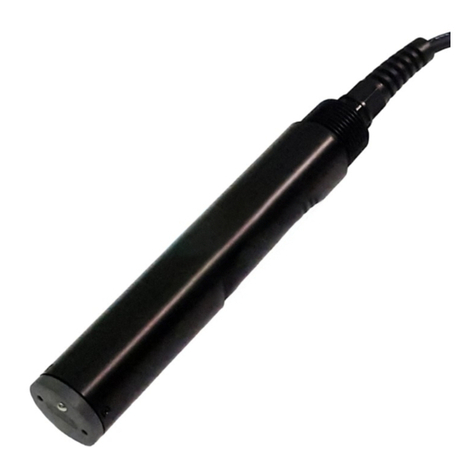
daviteq
daviteq MBRTU-TBD User manual
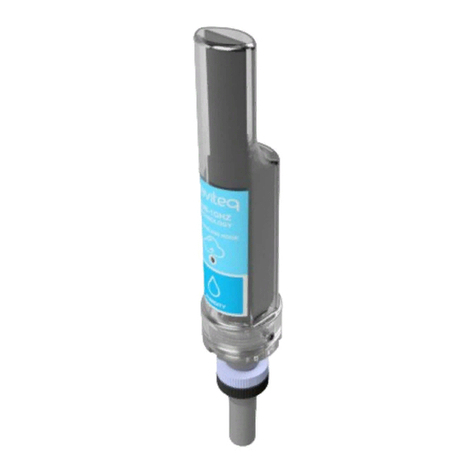
daviteq
daviteq WS433-M12F-ATH User manual
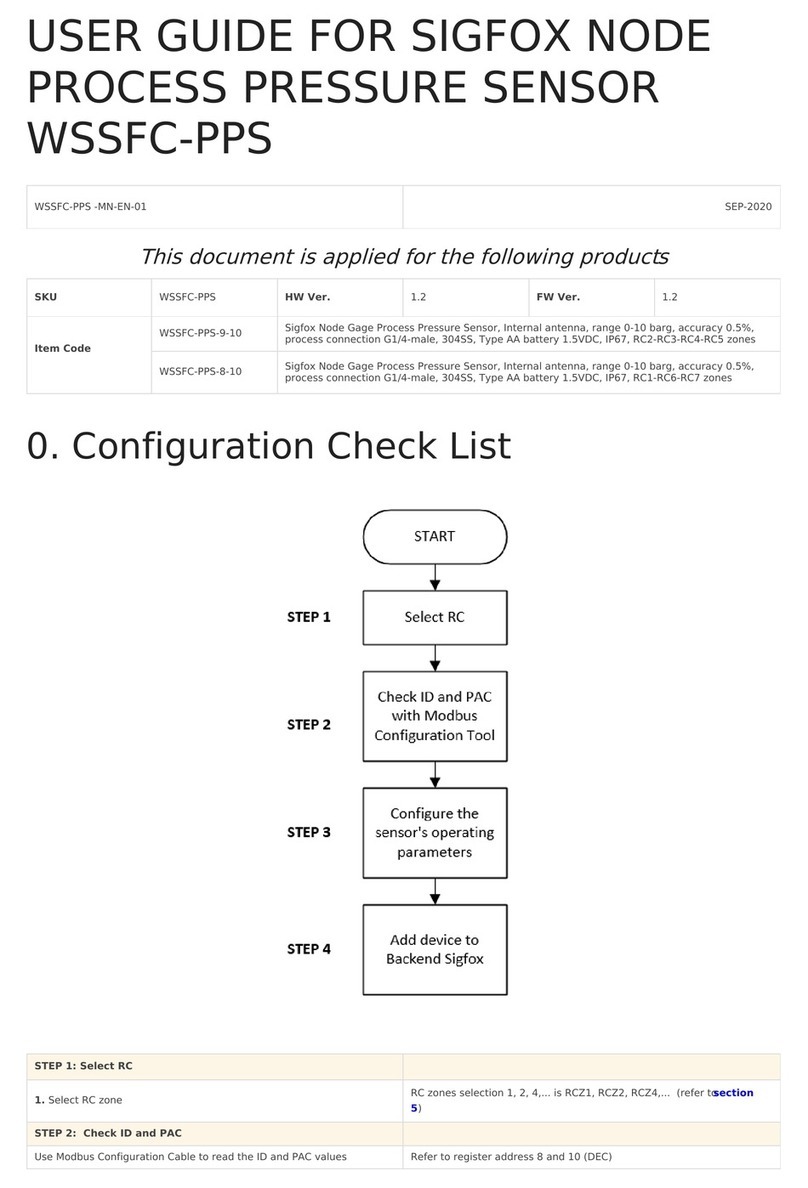
daviteq
daviteq Sigfox WSSFC-PPS User manual
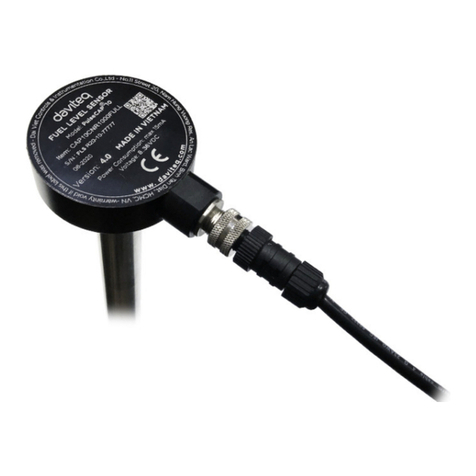
daviteq
daviteq WSSFC-G4F-NH3 User manual
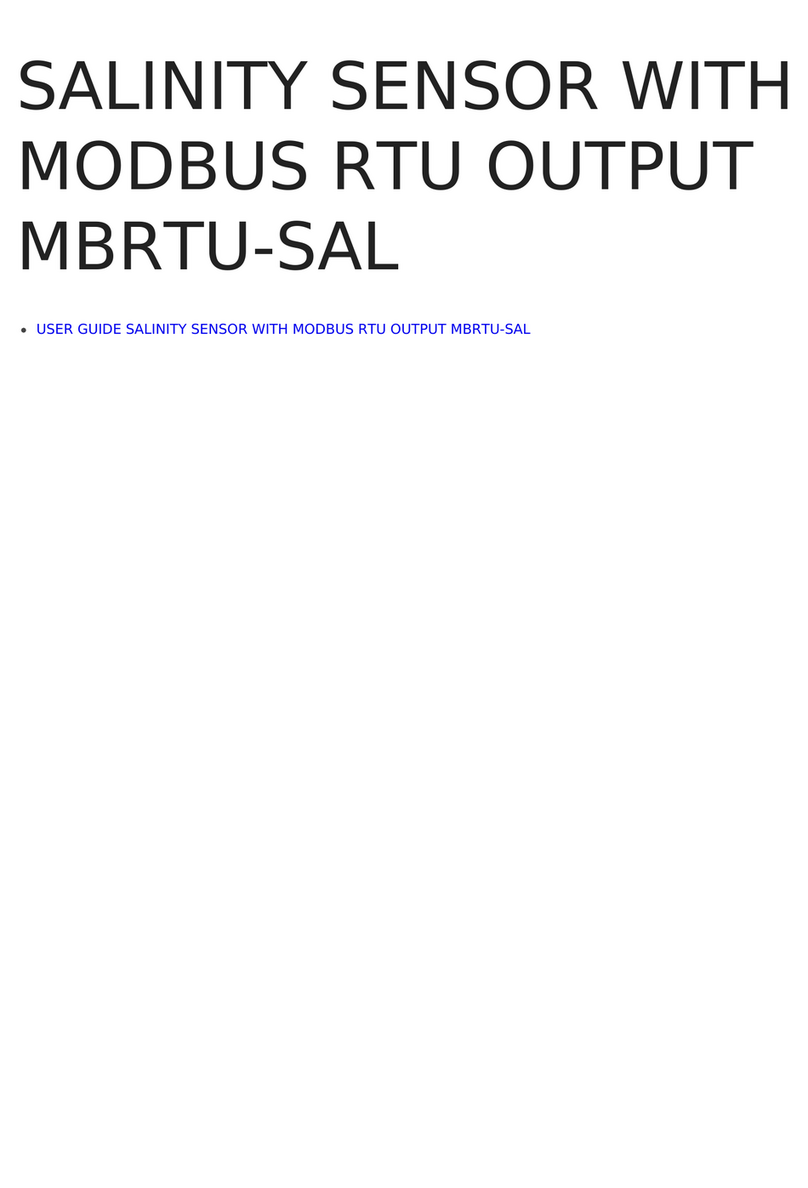
daviteq
daviteq MBRTU-SAL User manual
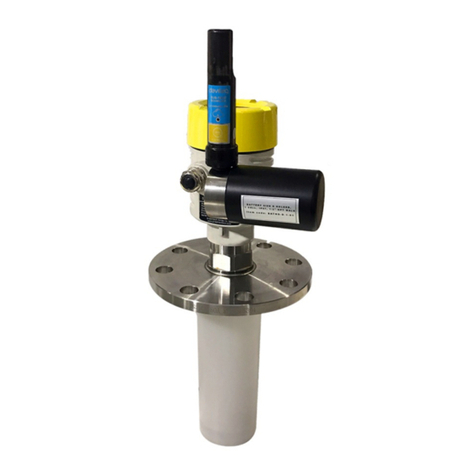
daviteq
daviteq WS433-MA-31 User manual

daviteq
daviteq WS433-CO2 User manual
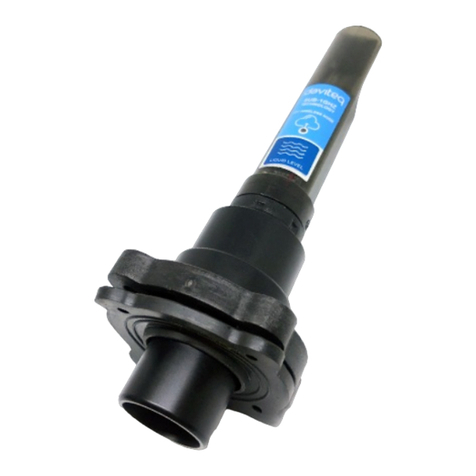
daviteq
daviteq WS433-ULC User manual

